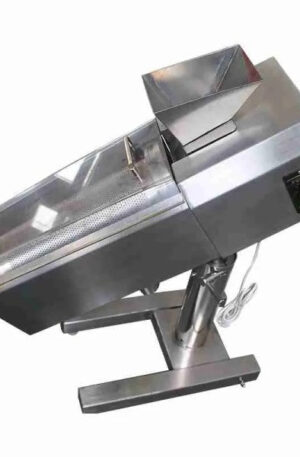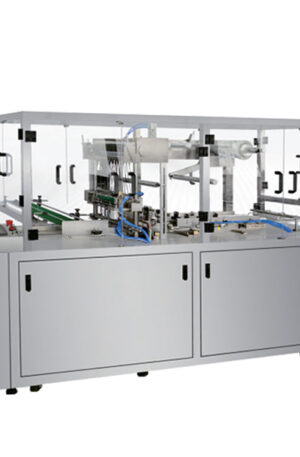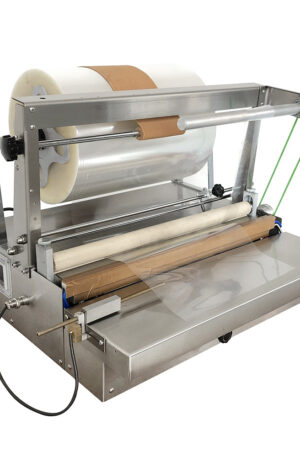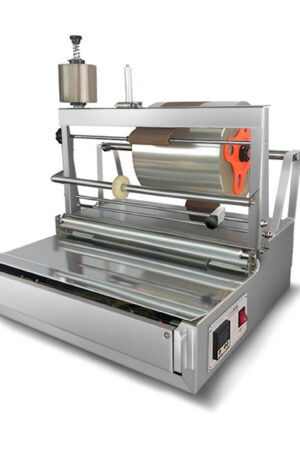Title: The Role of Pharmaceutical Machinery in Drug Manufacturing
Pharmaceutical machinery plays a crucial role in the drug manufacturing process, revolutionizing the production of medications worldwide. Among the various types of pharmaceutical machinery, the table press machine and capsule filling machine stand out as essential tools in the production line.
The table press machine, also known as a tablet press machine, is a key piece of equipment used in pharmaceutical manufacturing. It is used to compress powder formulations into solid tablets of uniform shape and size. Table press machines come in various models, such as the Single Punch Tablet Press (TDP) and the Double Rotary Tablet Press (THDP). The TDP is widely used for small-scale production, while the THDP is more suitable for high-speed production on a larger scale.
On the other hand, the capsule filling machine is another essential pharmaceutical machinery used in drug manufacturing. This machine is used to fill empty gelatin or vegetable-based capsules with powdered, granulated, or liquid medication. Capsule filling machines come in different types, such as manual, semi-automatic, and automatic, each offering varying levels of production efficiency and output capacity.
The TDP and THDP table press machines are essential in the manufacturing process of tablets, which are one of the most common forms of medication. These machines ensure that the tablets produced are of high quality, with consistent dosage and stability. The capsule filling machine, on the other hand, is crucial for filling capsules with precise amounts of medication, offering an alternative dosage form for patients who have difficulty swallowing tablets.
In conclusion, pharmaceutical machinery such as the table press machine and capsule filling machine play a vital role in drug manufacturing. These machines facilitate the efficient production of medications in tablet and capsule forms, ensuring high quality and precision in dosage. As technology continues to advance, pharmaceutical machinery will continue to evolve, contributing to the development of new and innovative medications for improved patient care and treatment outcomes.





